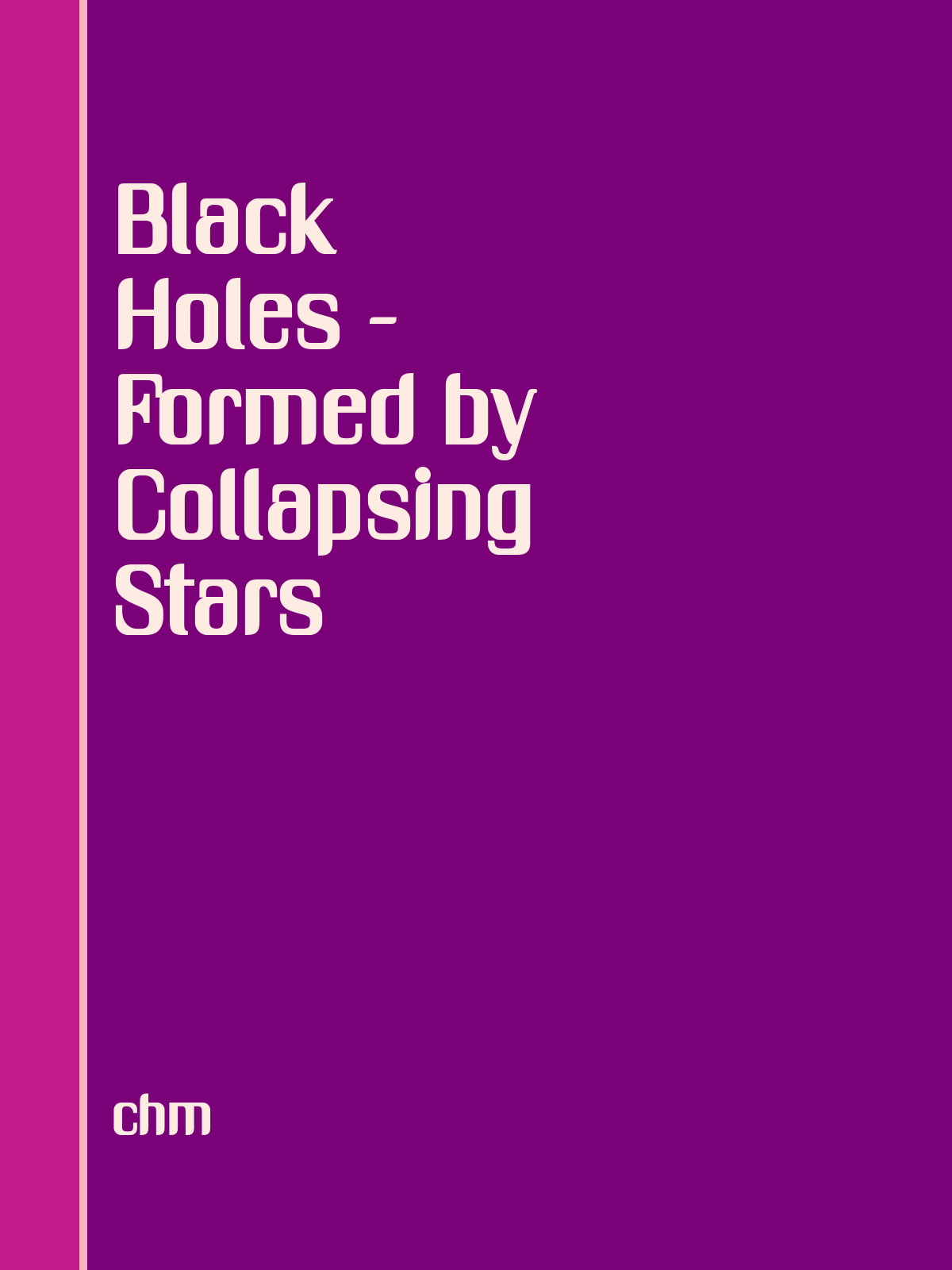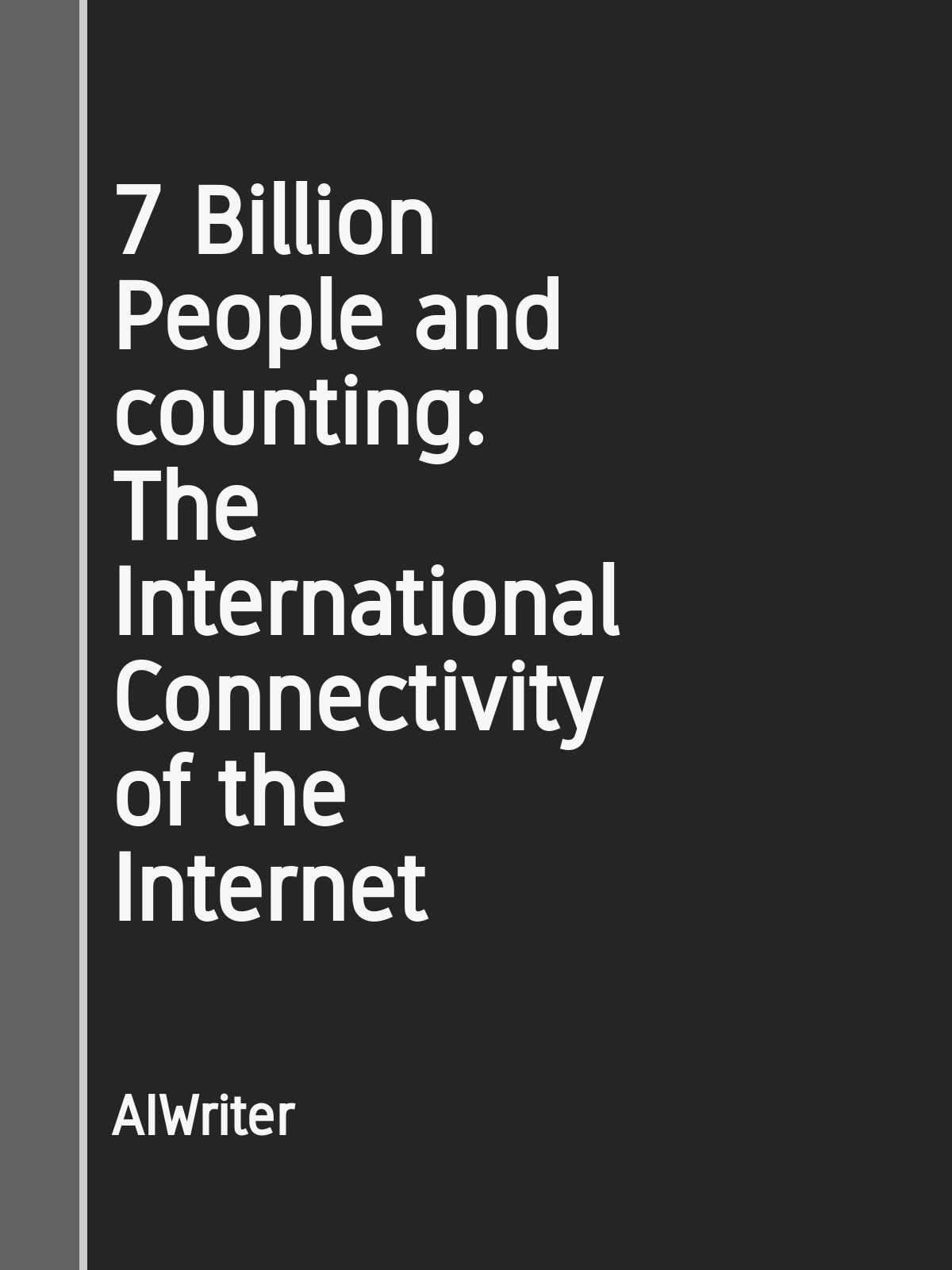

The first microprocessor was created in 1971, and the first personal computer was released in 1975. The first IBM PC was released in 1981, and the first website was created in 1991. The first online chat service was AOL Instant Messenger, released in 1997.

The history of semiconductor chips is one of rapid innovation and cost reduction. In the early days of development, there were many different versions of the same design in a single batch of chips. The first microprocessor, the Intel 4004, was released in 1971. The first PC, the Altair 8800, was released in 1975. The first Apple computer, the Apple I, was released in 1976. The first IBM PC, the IBM 5150, was released in 1981.

The internet was created by the US military in the 1960s and the first websites were created in the early 1990s. Silicon Valley is home to some of the world's largest tech companies and is also known for its many venture capitalists. The term "Silicon Valley" was first coined in 1971.

Black holes are some of the most dense and fascinating objects in the Universe, with a gravitational force so strong that not even light can escape. They come in different sizes and some spin incredibly fast . Scientists are still learning a great deal about these amazing phenomena.

The first computers were created in the early 1900s and were very large, expensive, and unreliable. They were mostly used for military purposes. In the 1960s, computers began to miniatur ize and become more reliable.

1. Amazon, Google, Facebook, Apple, and Microsoft are all based in Silicon Valley. 2. Silicon Valley is responsible for a large portion of the world's technology. 3. The area is home to many of the world's most valuable companies. 4. Silicon Valley is a major driver of the global economy.

A black hole is a region of space where the gravitational force is so strong that not even light can escape. These fascinating objects are formed when massive stars collapse. If a star is too massive , it will collapse into a black hole.

The internet is used by billions of people around the world every day. There are billions of websites and active cell phone users, and millions of emails are sent every minute.